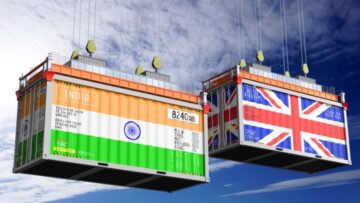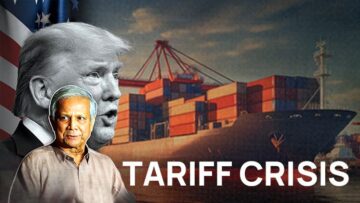
Stakeholders in the Indian textile and apparel sector believe that in order to reach US $ 100 billion in exports by 2030, the Government should solve the structural issues facing the sector.
The reasons why textile and garment exports have not increased for nearly ten years were examined at a meeting in Coimbatore to address the difficulties faced by exporters of these goods. The value of the exports, which range from US $ 37 billion to US $ 42 billion, is unchanged. They stated that it is concerning that the amount of exports has decreased.
By 2030, exports should reach the US $ 100 billion goal at a 17 per cent CAGR. To reach a total market size of US $ 350 billion, including the US $ 100 billion in exports (10 per cent of the global textile and apparel trade), the industry must invest US $ 100 billion. The industry is not prepared to engage in expansion projects and capacity building since the return on investment is not feasible.
In addition to the cost of capital, power tariff, and comparatively longer lead times for delivery orders, the discussion covered structural difficulties such as the high cost of labour and raw materials, which are significant obstacles.
The pricing of raw materials is the main problem, and import and export restrictions should be removed. They said that the cotton import tax should be eliminated immediately.
According to research by the Foundation for Economic Development and AT Kearney Consulting, the Government has implemented programs including advance authorisation, PLI, PM MITRA, and others to address the cost concerns.
Stakeholders claim that the sector creates 60 direct jobs for every Rs. 1 crore (US $ 116,000) invested. In industries including spinning, denim, household textiles, and technical textiles, it has attained a worldwide scale. According to them, the fundamental issues must be resolved if the sector is to capitalise on its advantages, seize chances in global markets, and experience expansion.






